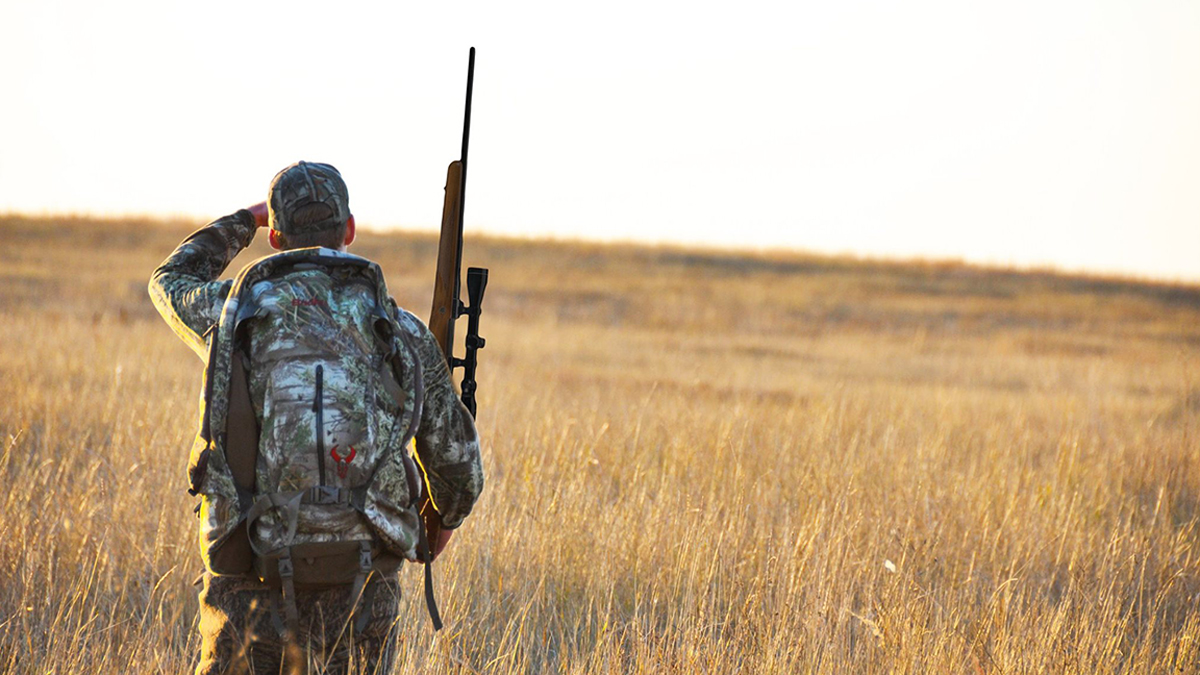More and more people hunted in 2020 than previous years and that is a boon for conservation efforts. A number of recent publications by media outlets across the nation show COVID-19 helped more Americans focus on outdoor activities like hunting and fishing.
“I’d say that the pandemic definitely played a role in getting me out in the woods,” Senna Redin, a new hunter from Minnesota resident, told Pew Trusts. “I’m not super proud to admit that I spent more than a few mornings attending my 8 a.m. finance course from the duck blind clad in camo but hey, a guy’s gotta eat.”
State wildlife agencies, tasked with wildlife management and implementing meaningful on the ground conservation work, receive the bulk of their funding from hunting and fishing licenses and fees. To them, the influx of new hunters and anglers is a boon.
The numbers tell the story. Michigan saw 67 percent increase in new hunters from 2019 while Nevada is up 30 percent, Idaho 28 percent and attendees at hunter education courses jumped across the nation.
“The groups that we’ve been wanting to get engaged with hunting for years and years are the groups we’re seeing now,” Dustin Isenhoff, a marketing researcher with Michigan Department of Natural Resources, told Pew Trusts. “We have over 100,000 new hunting customers this year. That’s a big opportunity for us to work with those folks to keep them involved.”
Even the Wall Street Journal recently highlighted the surge in hunting.
Not only does conservation funding improve with an increase of hunting and fishing licenses but excise taxes on guns, ammunition, archery and fishing equipment, boat motors and motorboat fuel provide hundreds of millions of dollars for land and wildlife conservation projects. Thanks to donations to conservation groups like the Rocky Mountain Elk Foundation, an additional $440 million annually goes toward conservation.
(Photo source: South Dakota Game, Fish and Parks)
